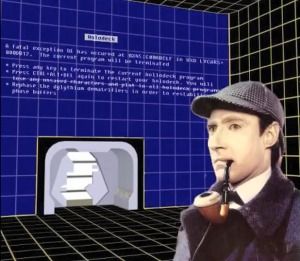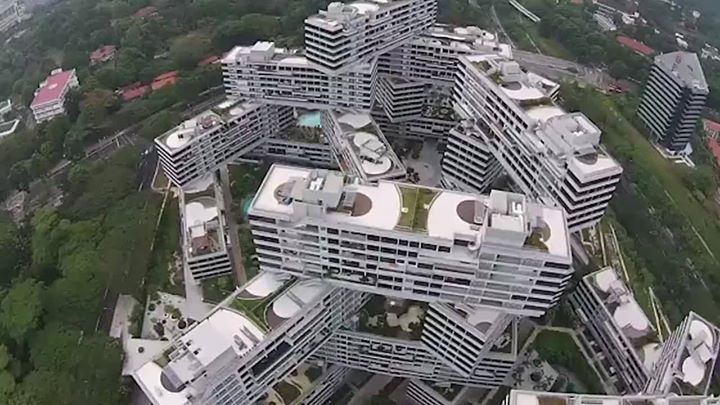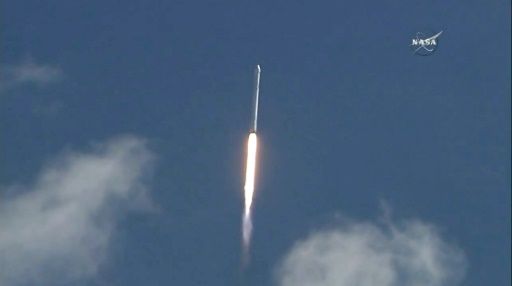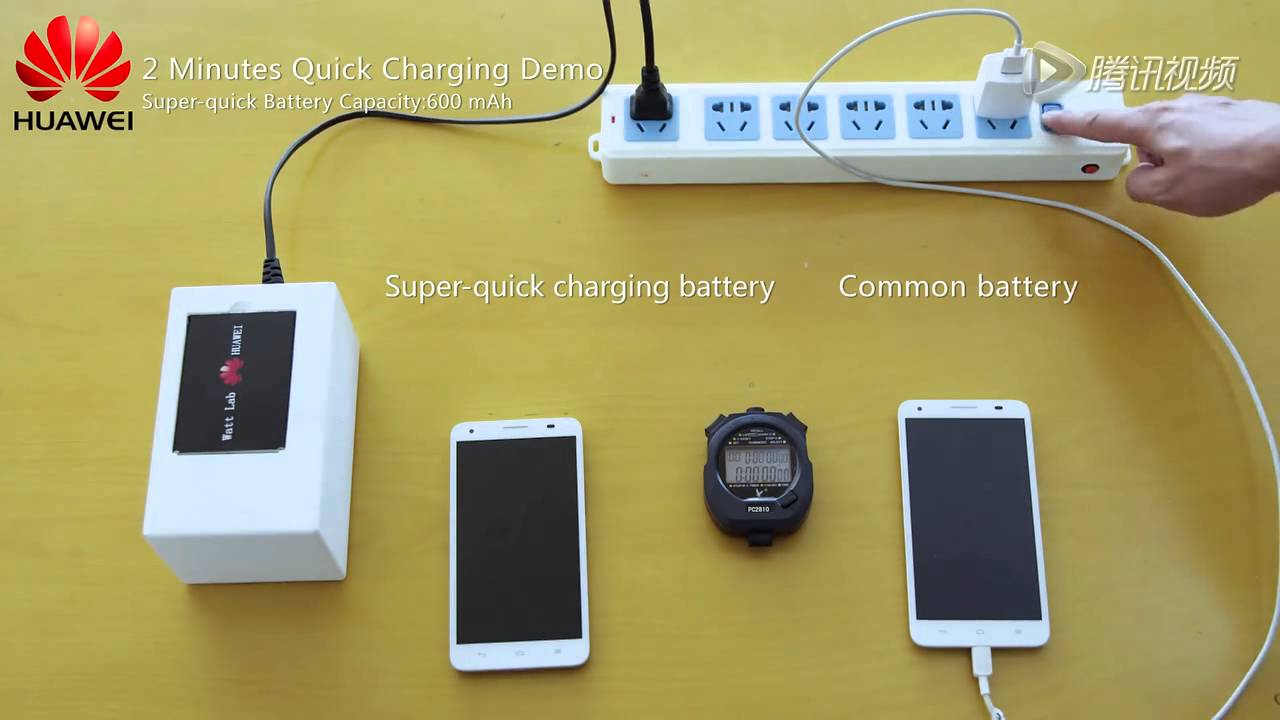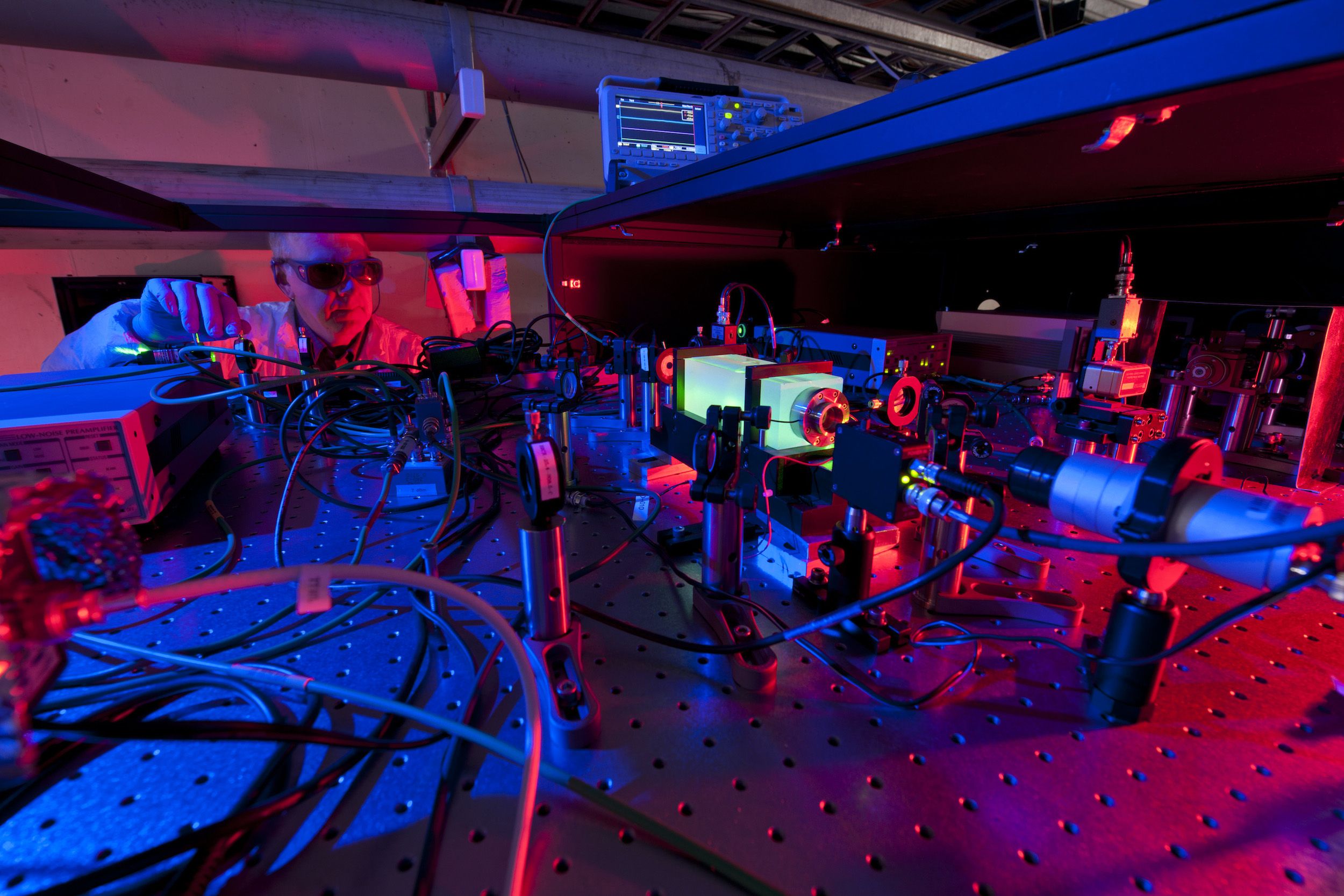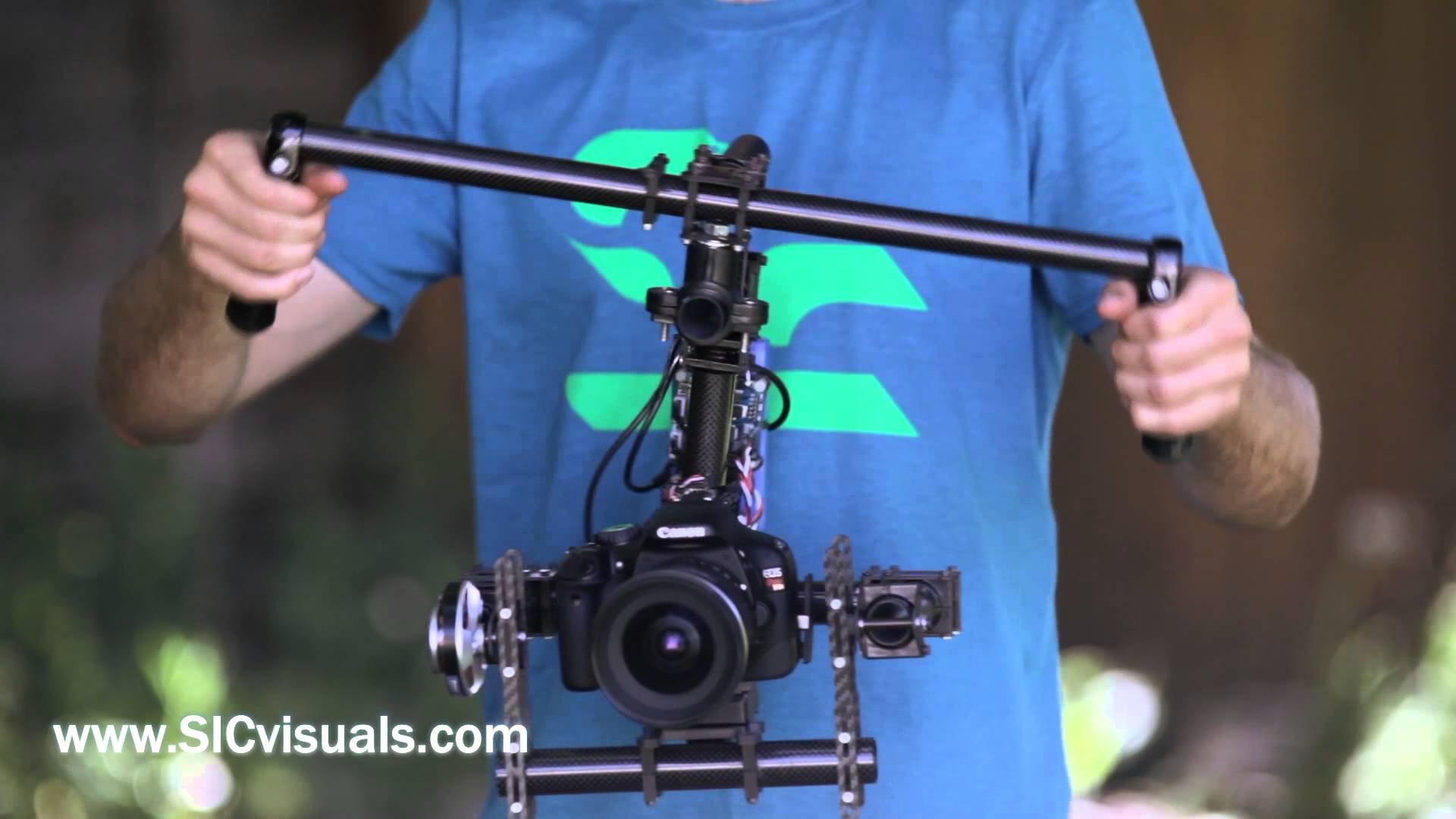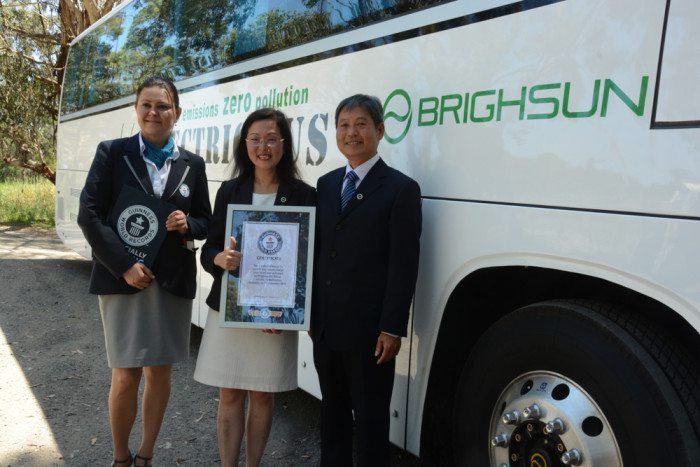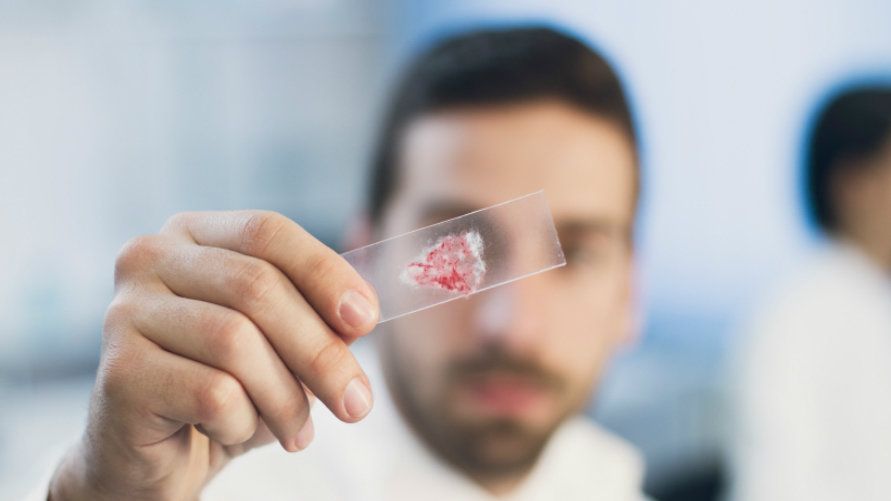What if our universe is something like a computer simulation, or a virtual reality, or a video game? The proposition that the universe is actually a computer simulation was furthered in a big way during the 1970s, when John Conway famously proved that if you take a binary system, and subject that system to only a few rules (in the case of Conway’s experiment, four); then that system creates something rather peculiar.
It just goes to show that one of the most potent weapons in science is the ability to keep an open, critical mind.
Two recent studies have confirmed that the “spooky action at a distance” that so upset Albert Einstein — the notion that two entangled particles separated by long distances can instantly affect each other — has been proven to work in a stunning array of different experimental setups.
One experiment closed two of the three loopholes in proofs of spooky action at a distance. Another found that quantum entanglement works over astonishingly large distances. And future tests are focused on making the final loophole as small as possible. [8 Ways You Can See Einstein’s Theory of Relativity in Real Life]
Overall, the new series of tests is simply confirming what physicists have long suspected.
SpaceX received orders Friday from the US space agency to send astronauts to the International Space Station in the coming years, helping restore US access to space, NASA said.
The announcement was a formal step in a process that began earlier this year when Boeing was given the nod by NASA to send crew to the orbiting outpost by late 2017.
Both Boeing and SpaceX have received billions in seed money from NASA to restore American access to the ISS, after the US space shuttle program was retired in 2011.
Chinese technology company Huawei has announced that its latest prototype battery fills up with power 10 times quicker than the ones in current smartphones. Huawei has been showing off the technology at the 56th Battery Symposium in Japan this week, where a 3,000mAh pack reached a 48 percent charge in just 5 minutes.
The lithium-ion batteries inside smartphones, tablets, and other similar gadgets have two main sections: an anode and a cathode. Electrons move from one section to the other while our devices are in use, and then back in the opposite direction as they are recharged.
Huawei says it has managed to bond special heteroatoms to the graphite molecules in the anode section of the battery to get this process moving faster, without decreasing energy density or battery life.
Old post,but interesting…
If the holographic principle does indeed describe our universe, it could help resolve many inconsistencies between relativistic physics and quantum physics, including the black hole information paradox. It would also offer researchers a way to solve some very tough quantum problems using relatively simple gravitational equations. But before we can be sure that we’re living in the Matrix, there’s still a lot of work to be done.
“We did this calculation using 3D gravitational theory and 2D quantum field theory, but the universe actually has three spatial dimensions plus time,” Grumiller said. “A next step is to generalize these considerations to include one higher dimension. There are also many other quantities that should correspond between gravitational theory and quantum field theory, and examining these correspondences is ongoing work.”
Beyond the theoretical considerations, there’s the entirely different matter of pulling back the illusion and experimentally observing the holographic nature of reality. As it happens, physicists at the Department of Energy’s Fermilab are now trying to do just that.
For more info visit: www.SICvisuals.com
Pre-Orders on our website: http://sicvisuals.com/product/ghost-pre-order/
Check out the Ghost’s new 3rd Axis with Follow mode in the video: https://www.youtube.com/watch?v=v3HC9WAG5AA&feature=share&li…2cMLxEuD_g
The Ghost is a robotic camera stabilizer designed for DSLR’s, micro 4/3rds, blackmagic, and smaller video cameras.
Produced by Spaulding International Cinema.
More info visit: www.sicvisuals.com
After successfully driving from Melbourne to Sydney on one charge, Brighsun’s all-electric bus has clocked a Guinness World Record of 1,018km on one charge.
New findings out of Duke University will allow medical researchers to act like computer programmers except with genetic code rather than digital.
